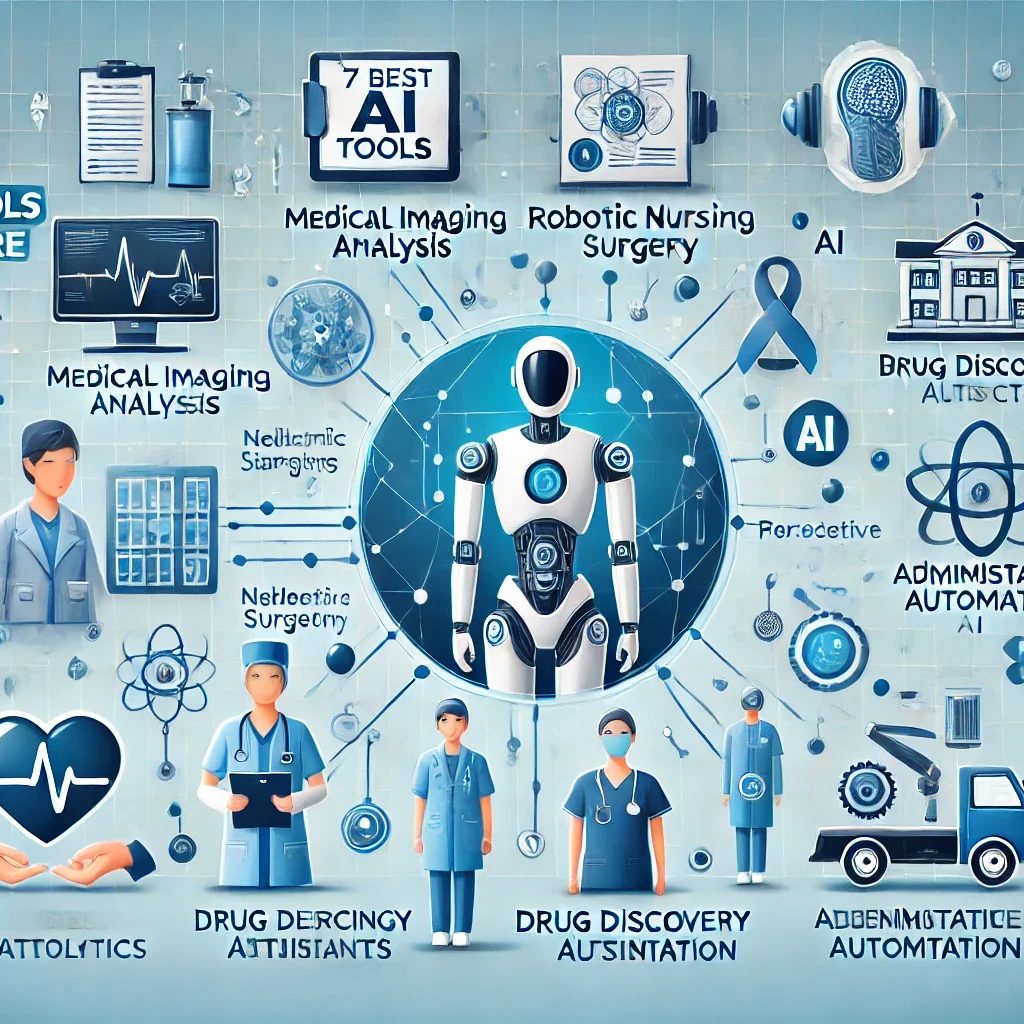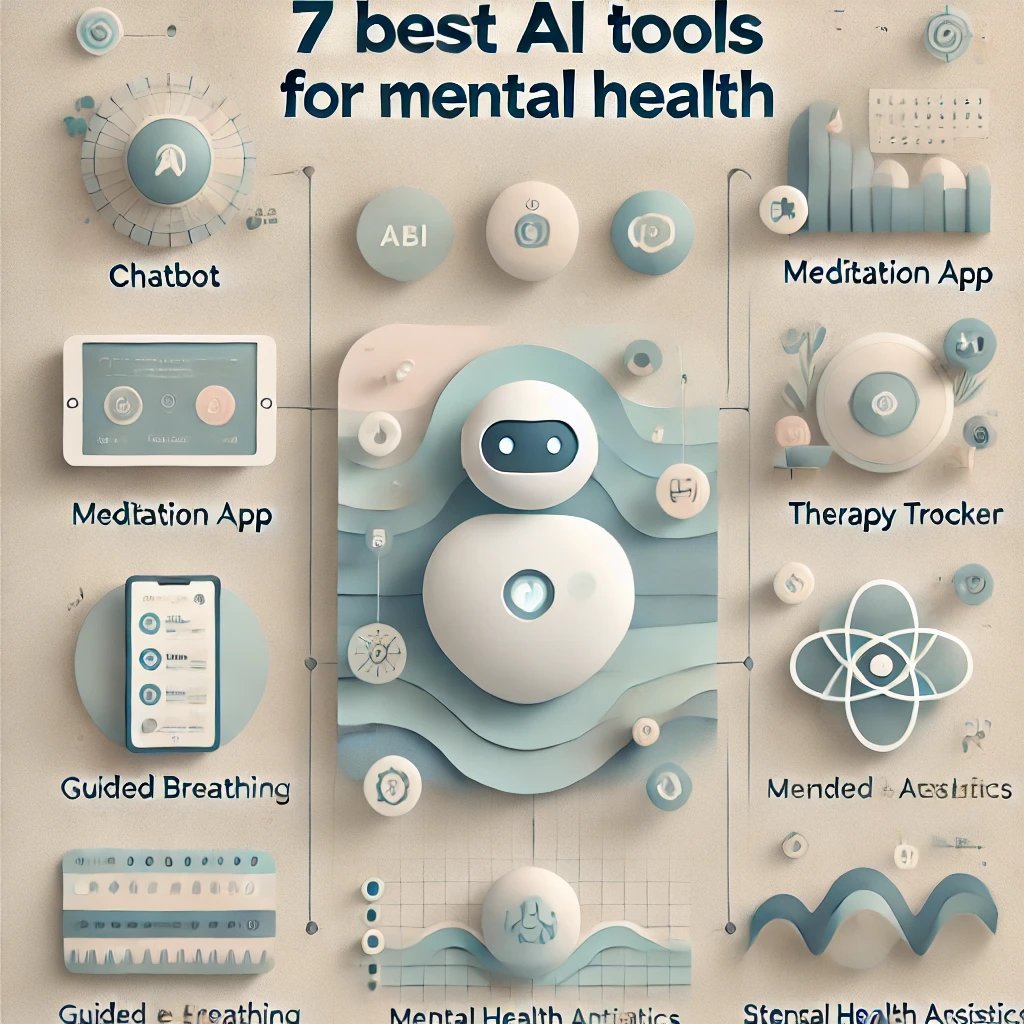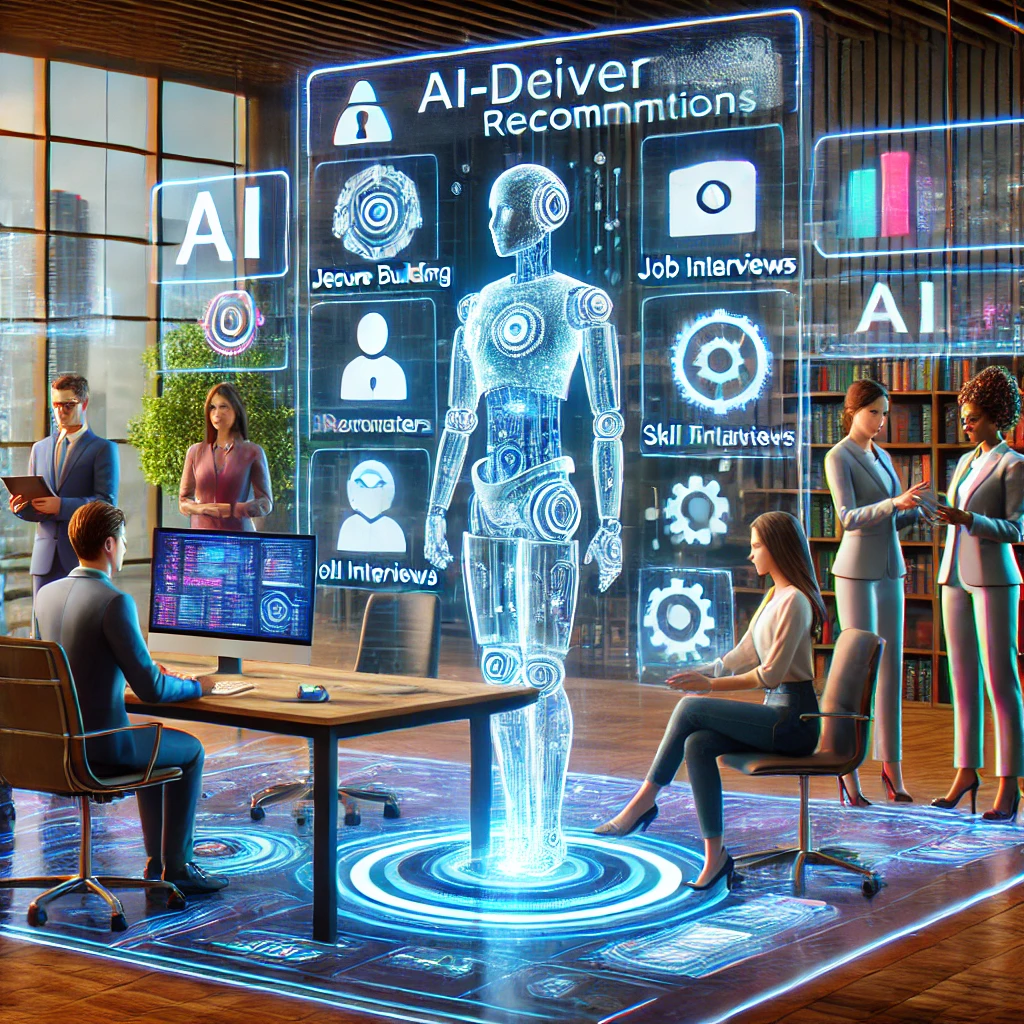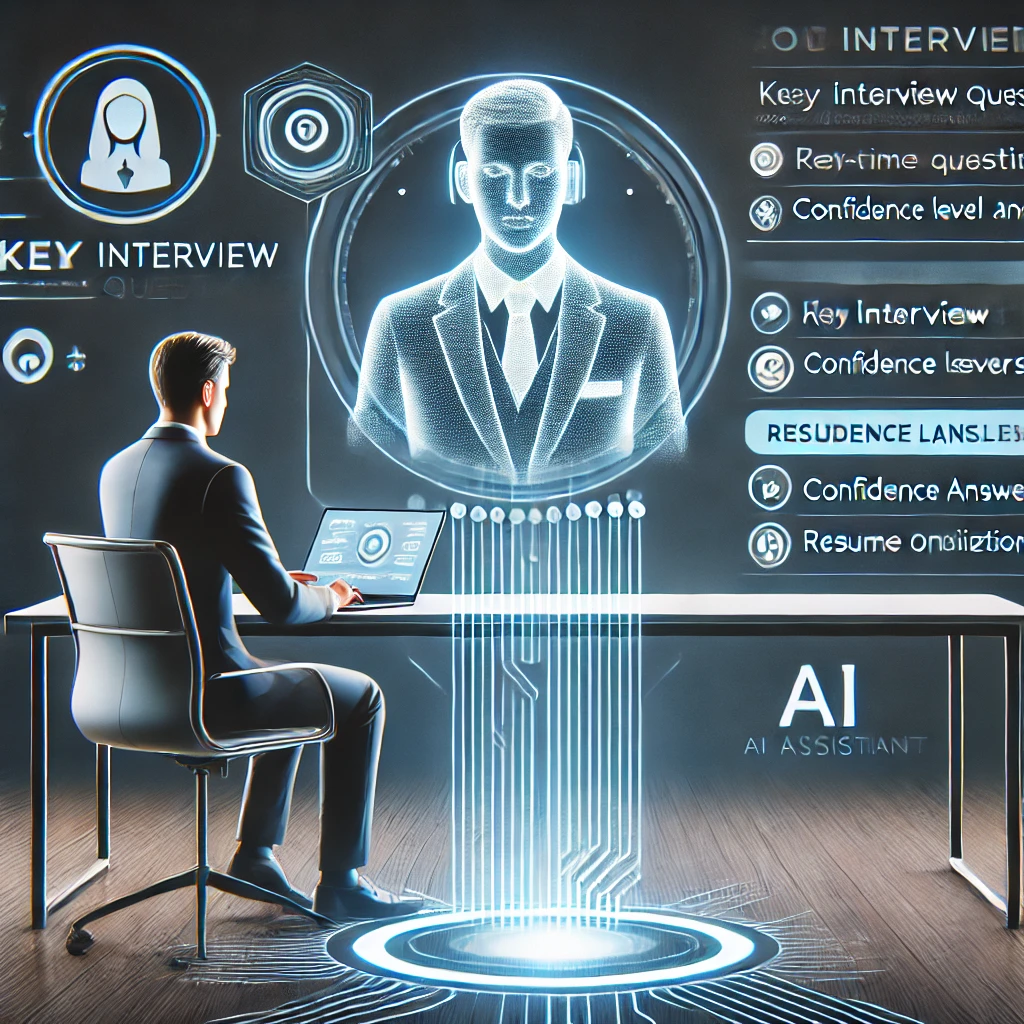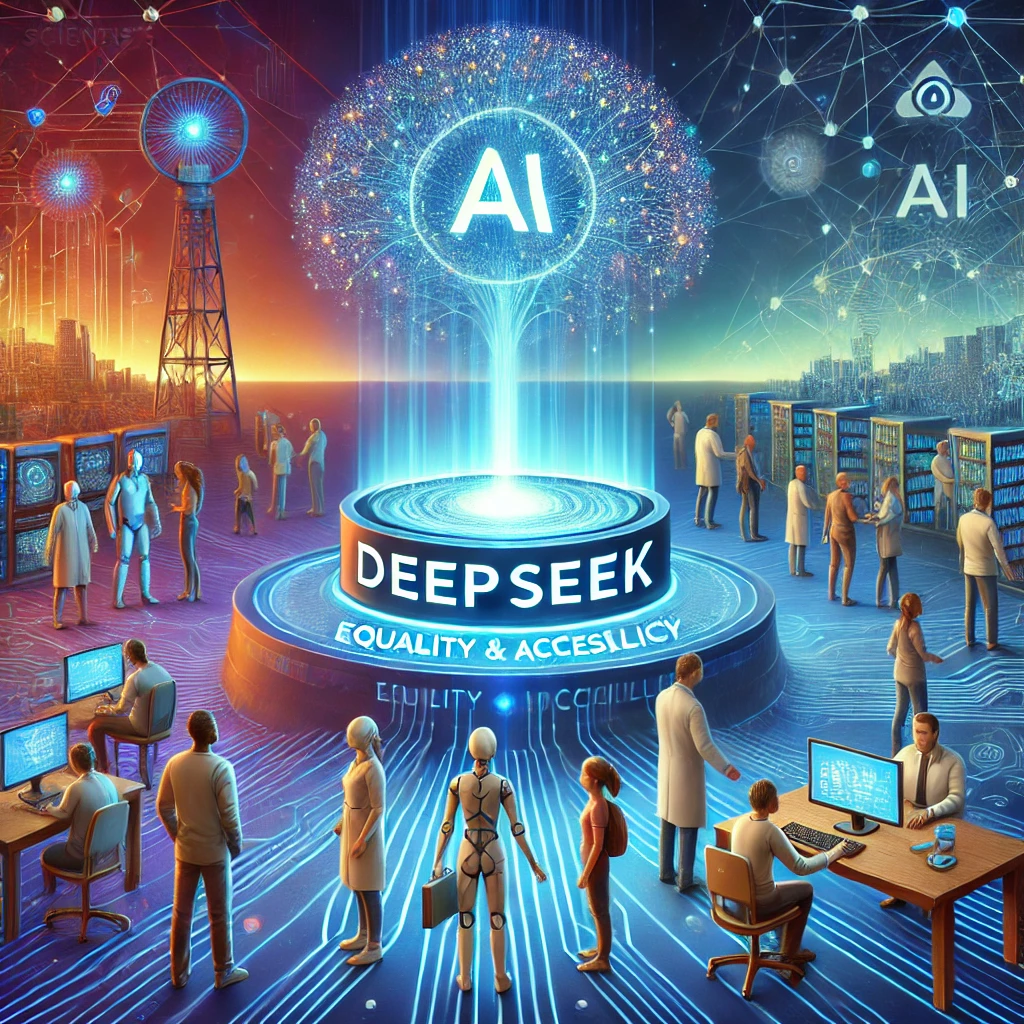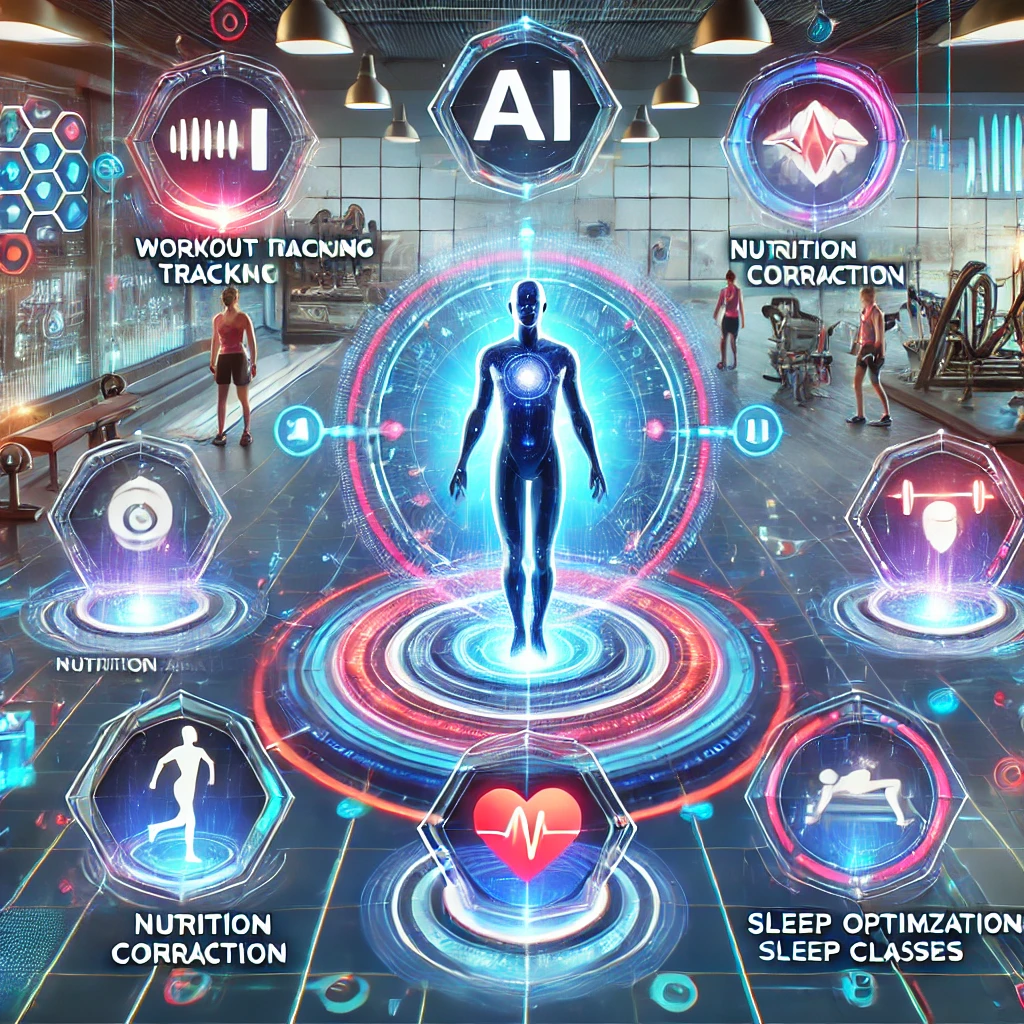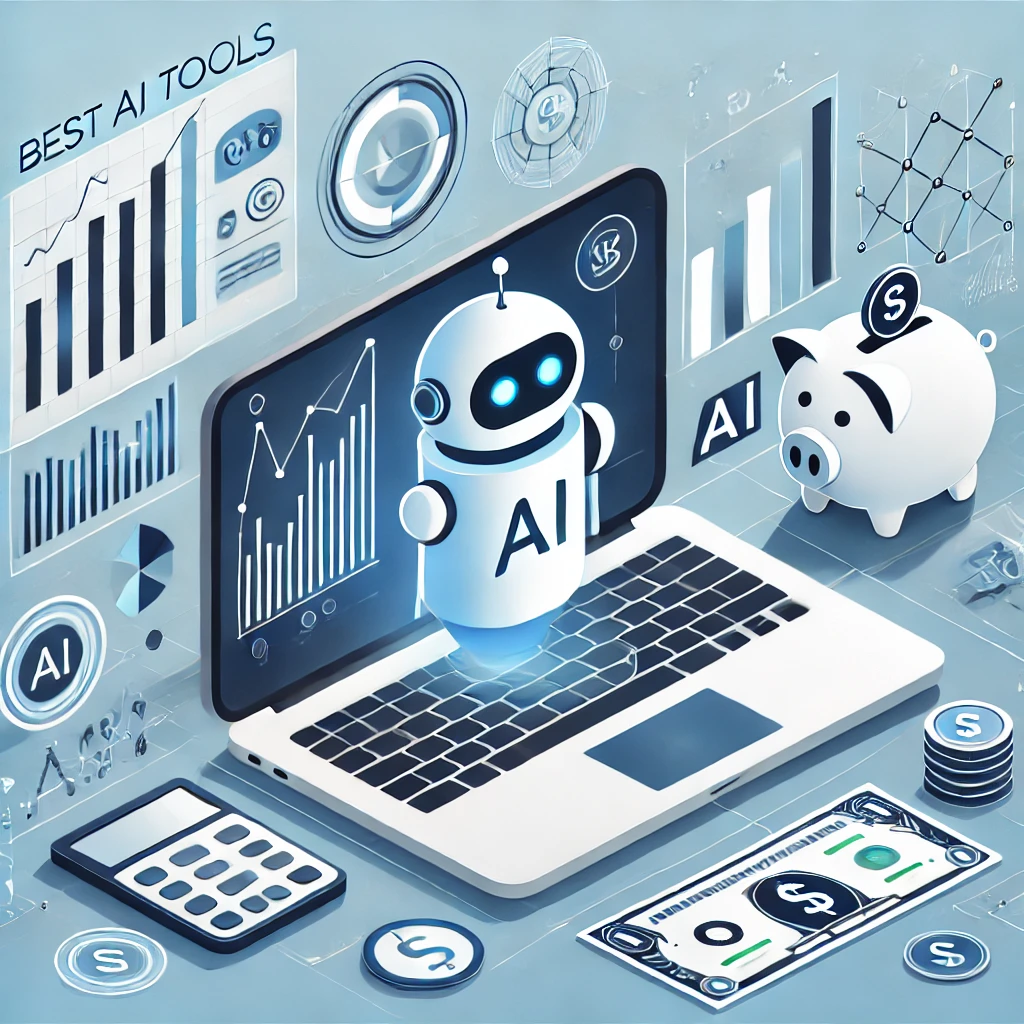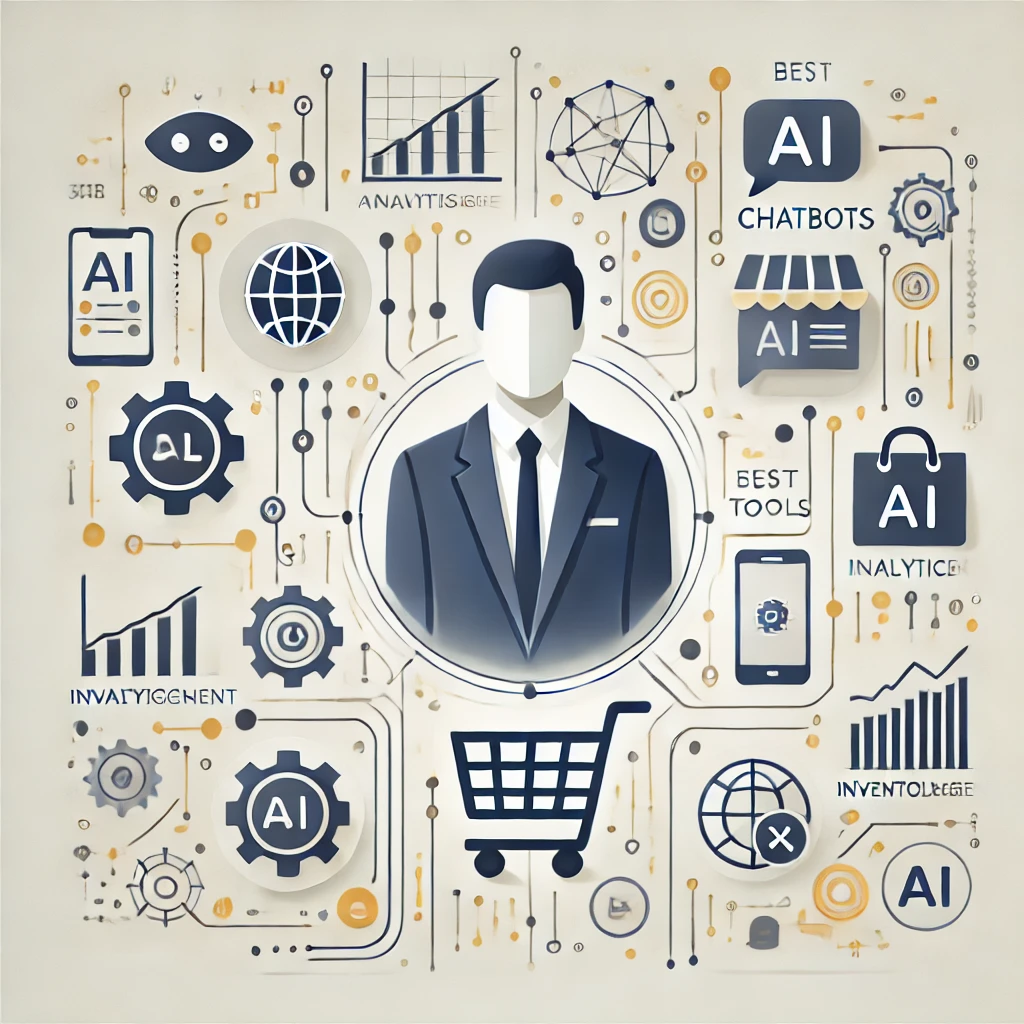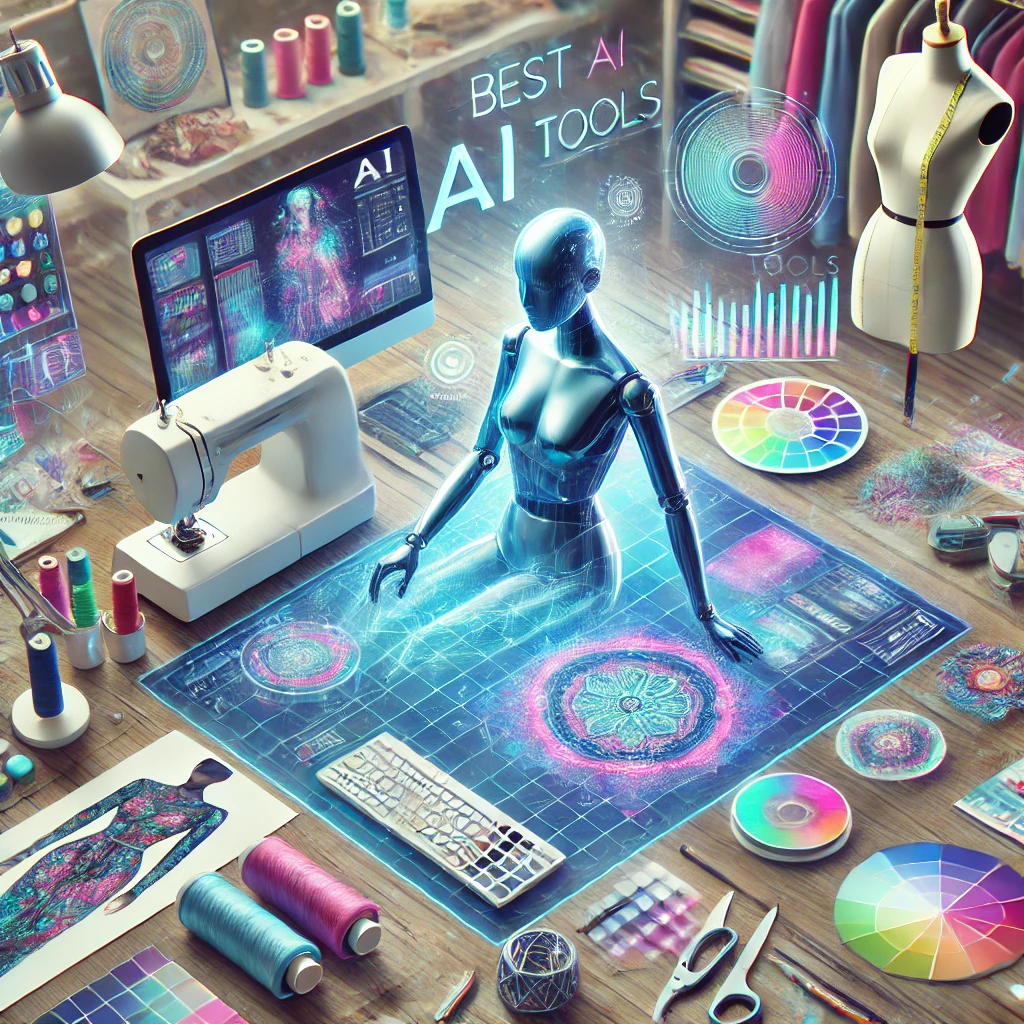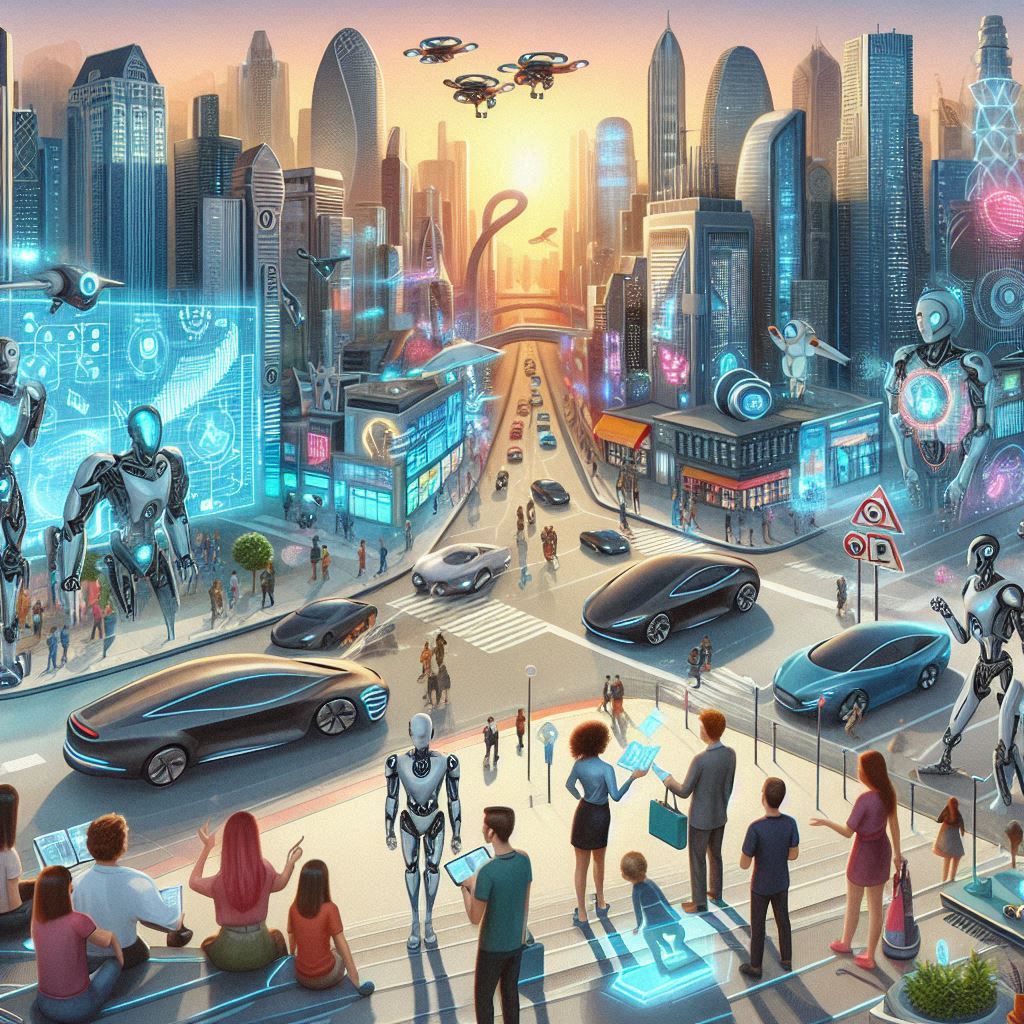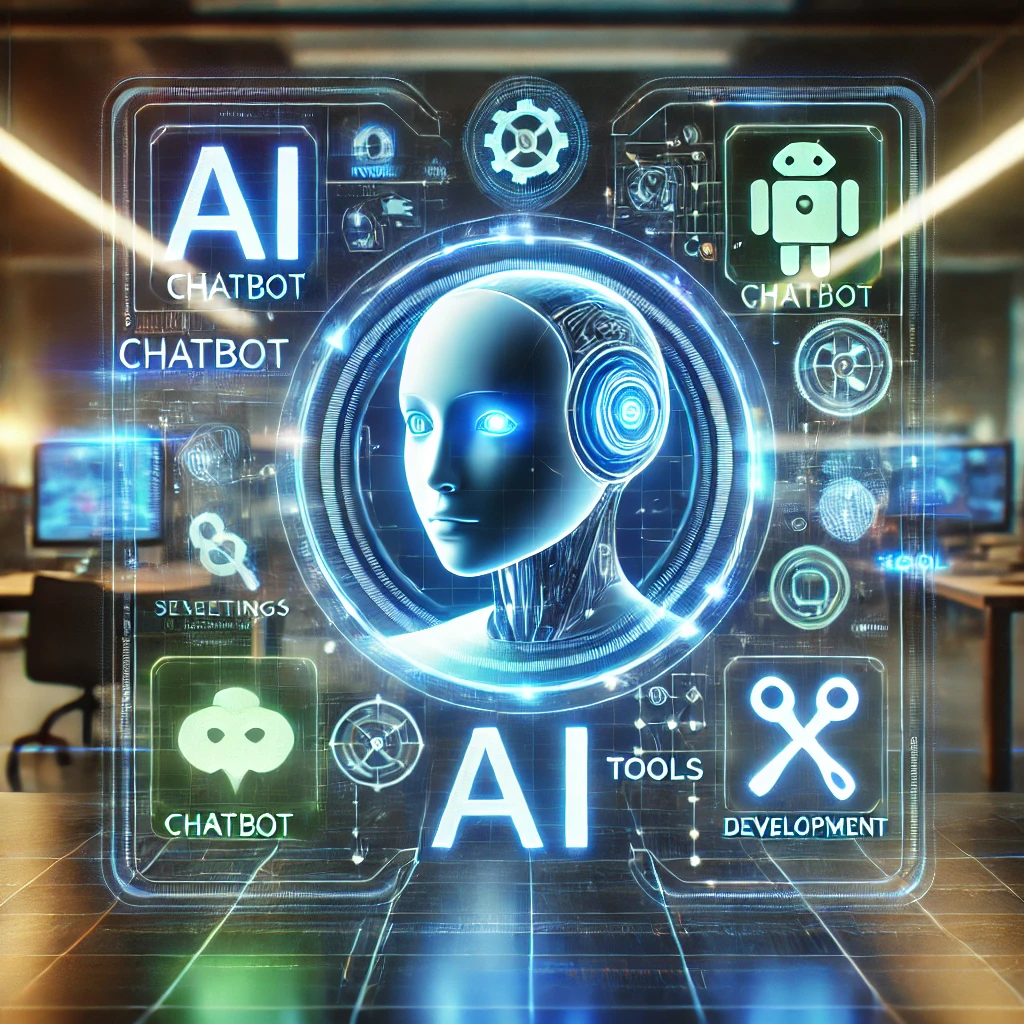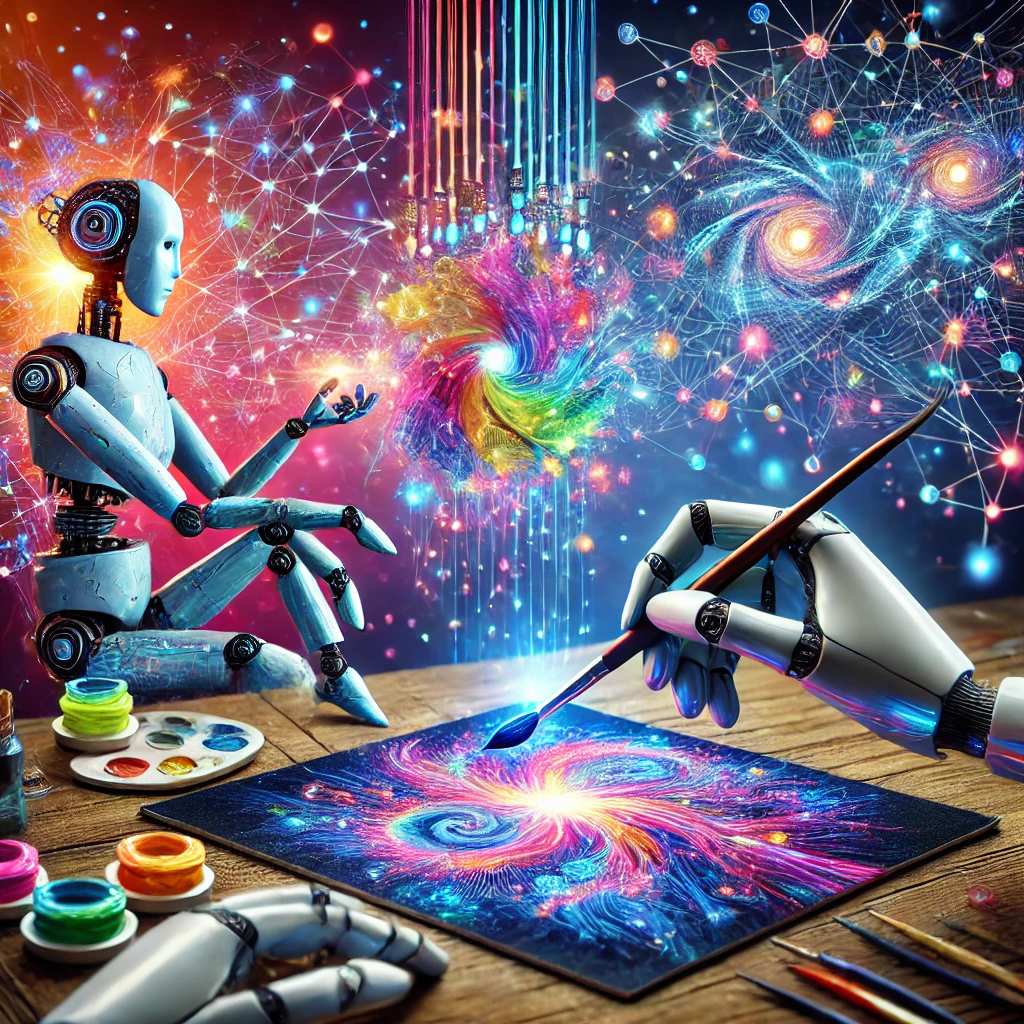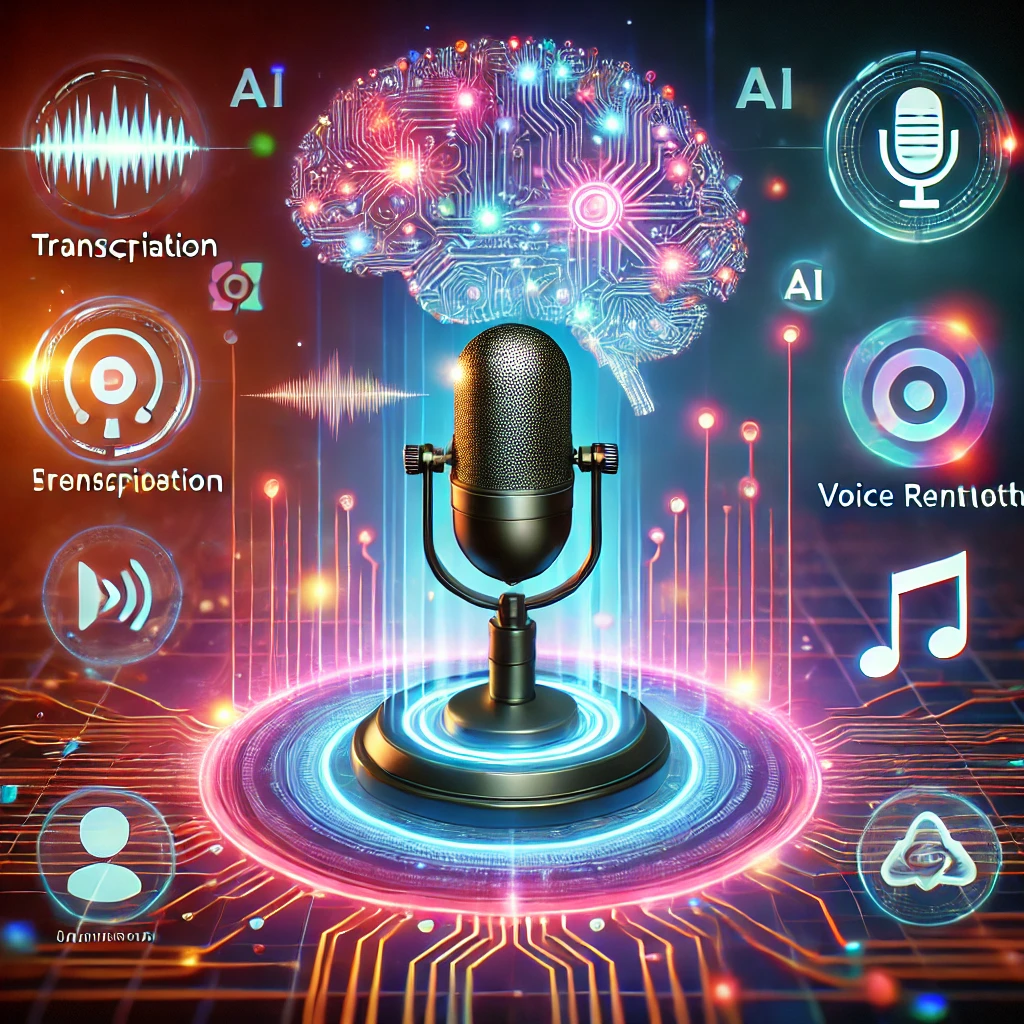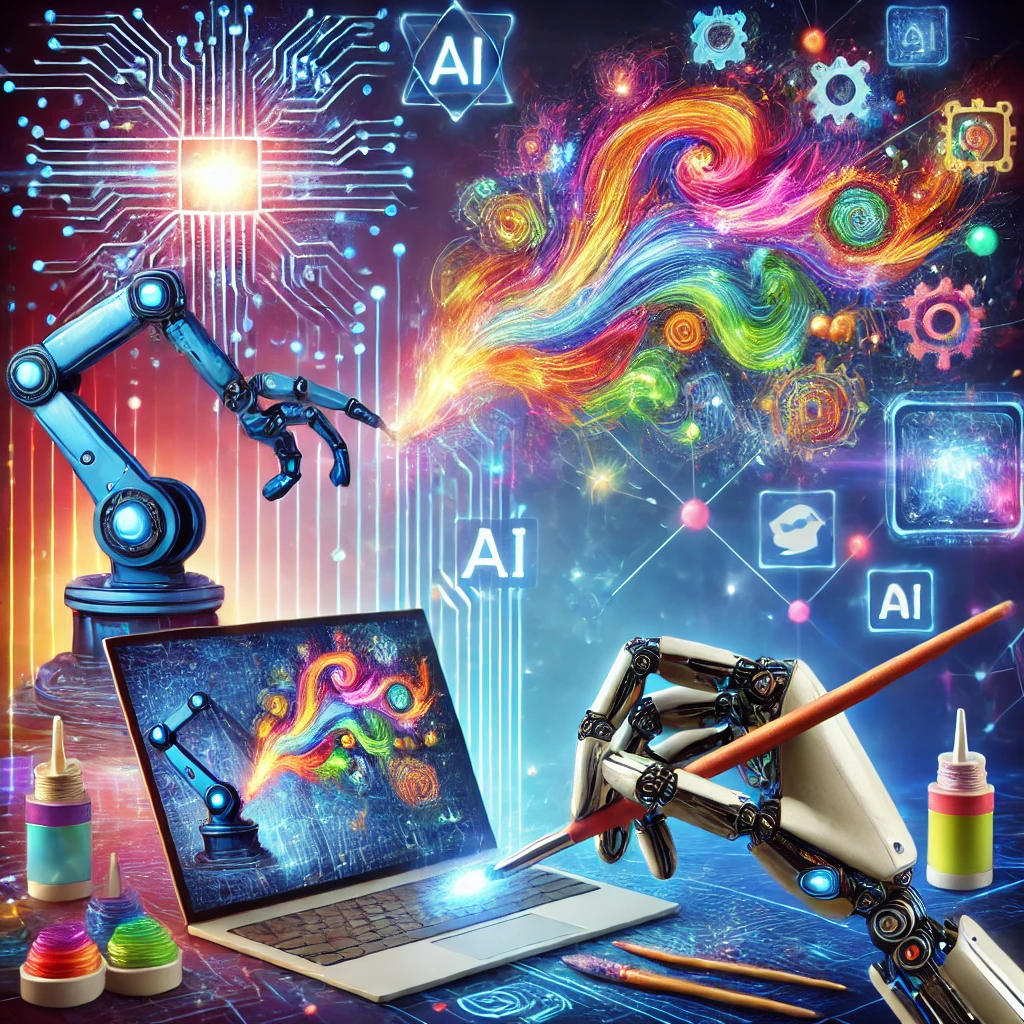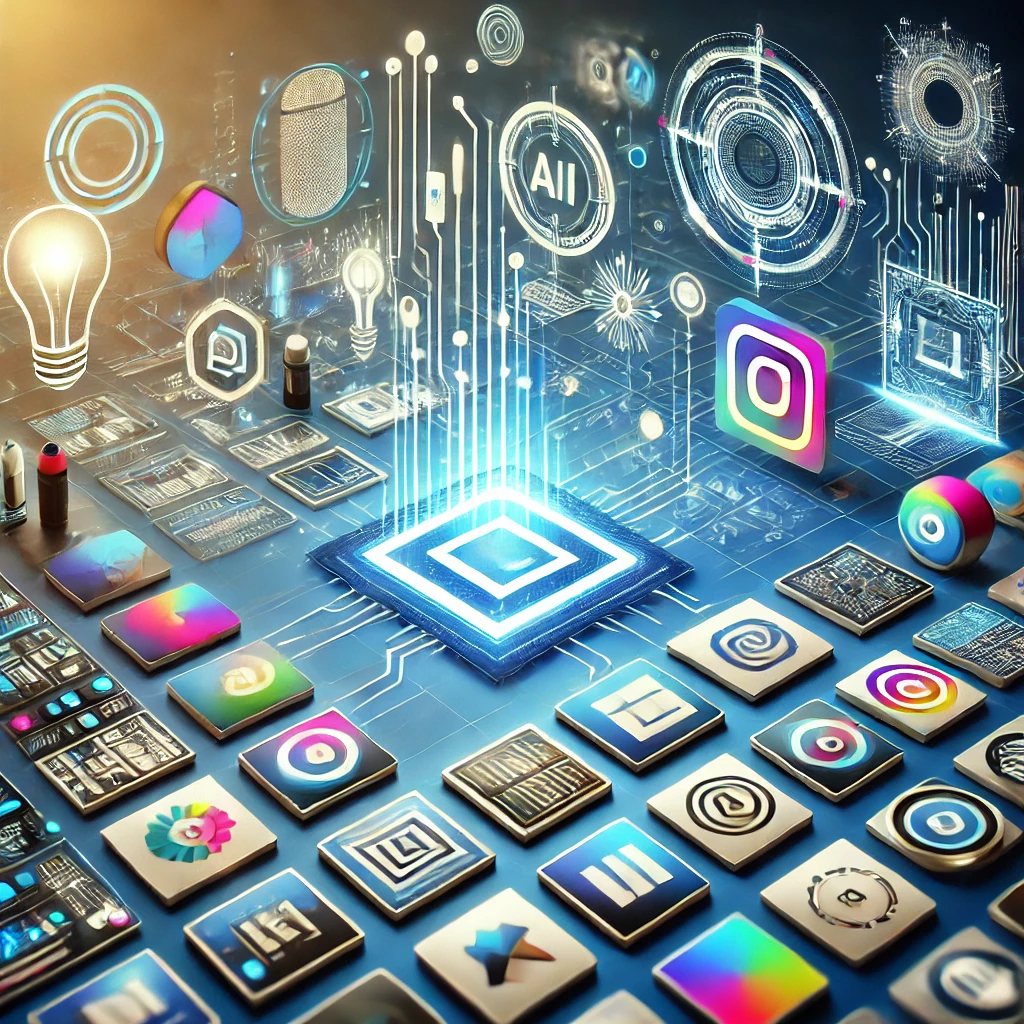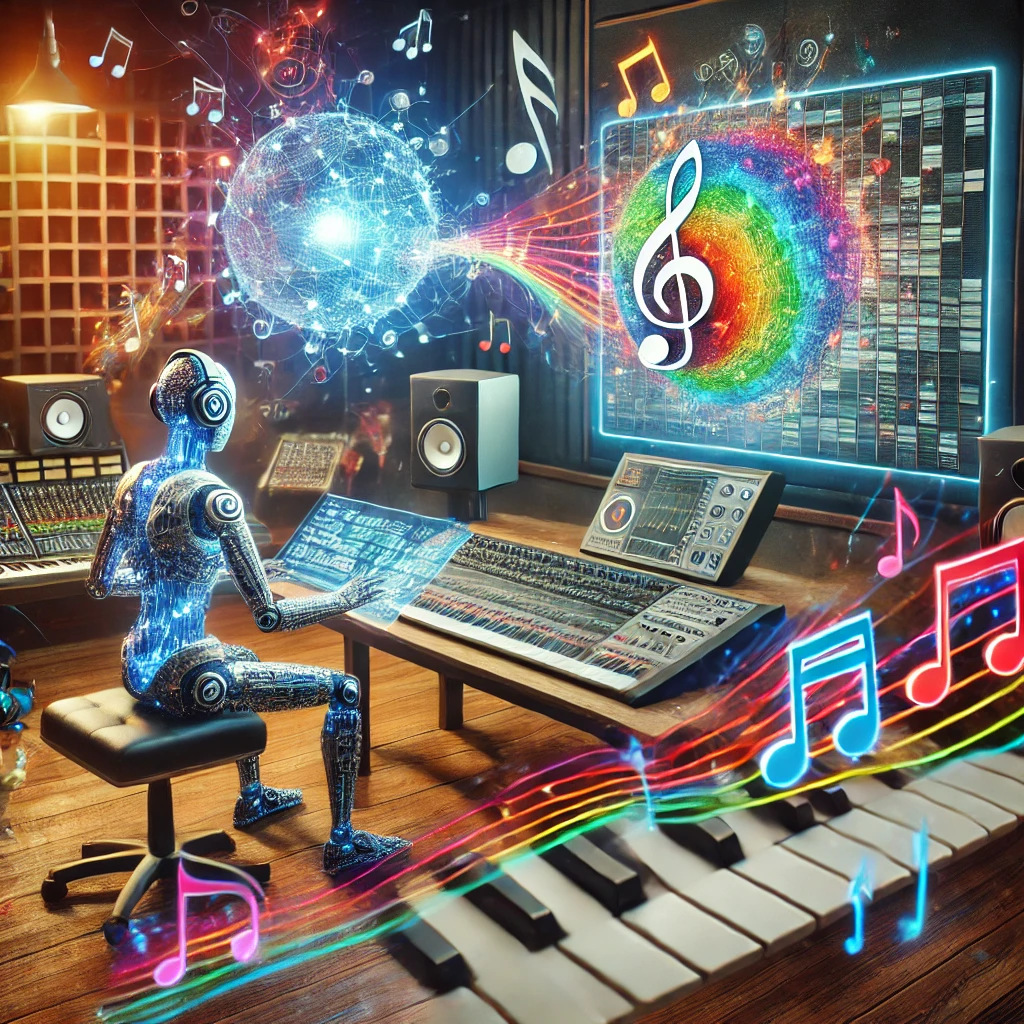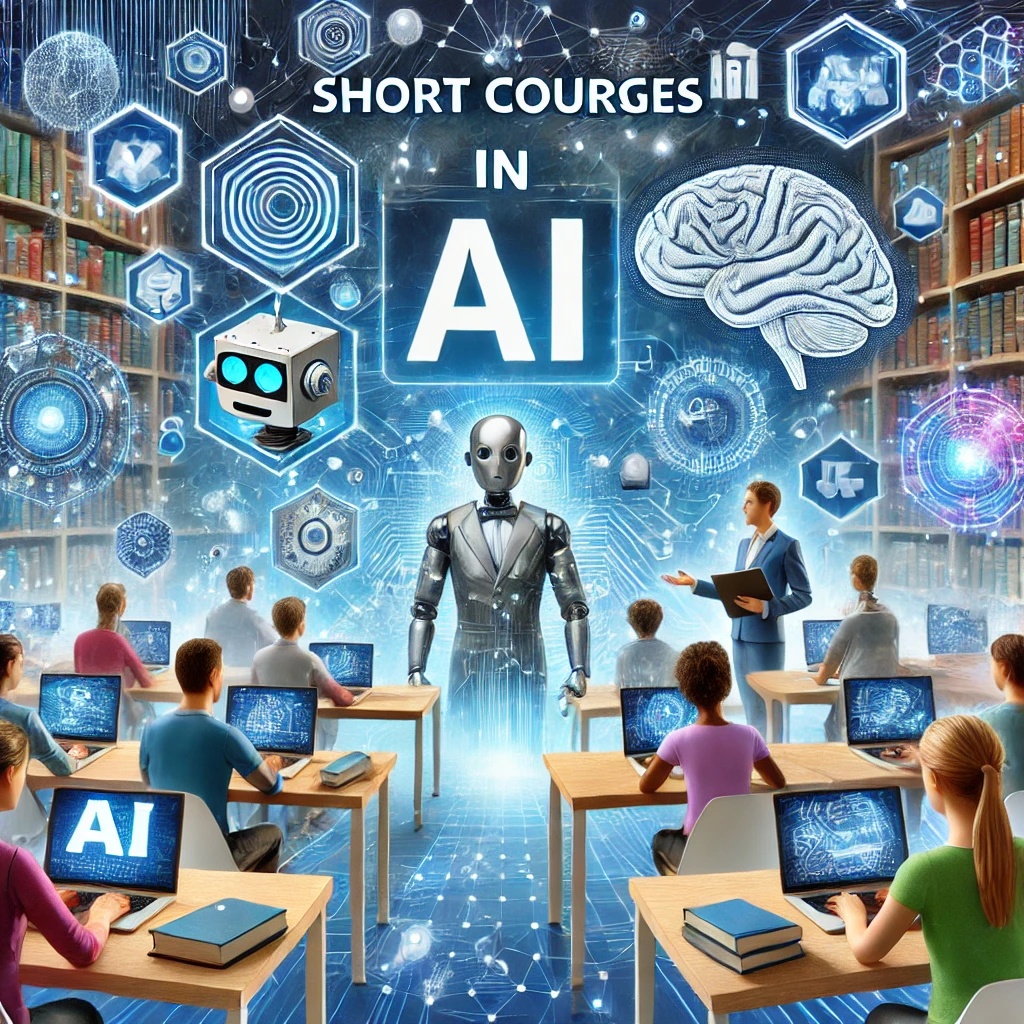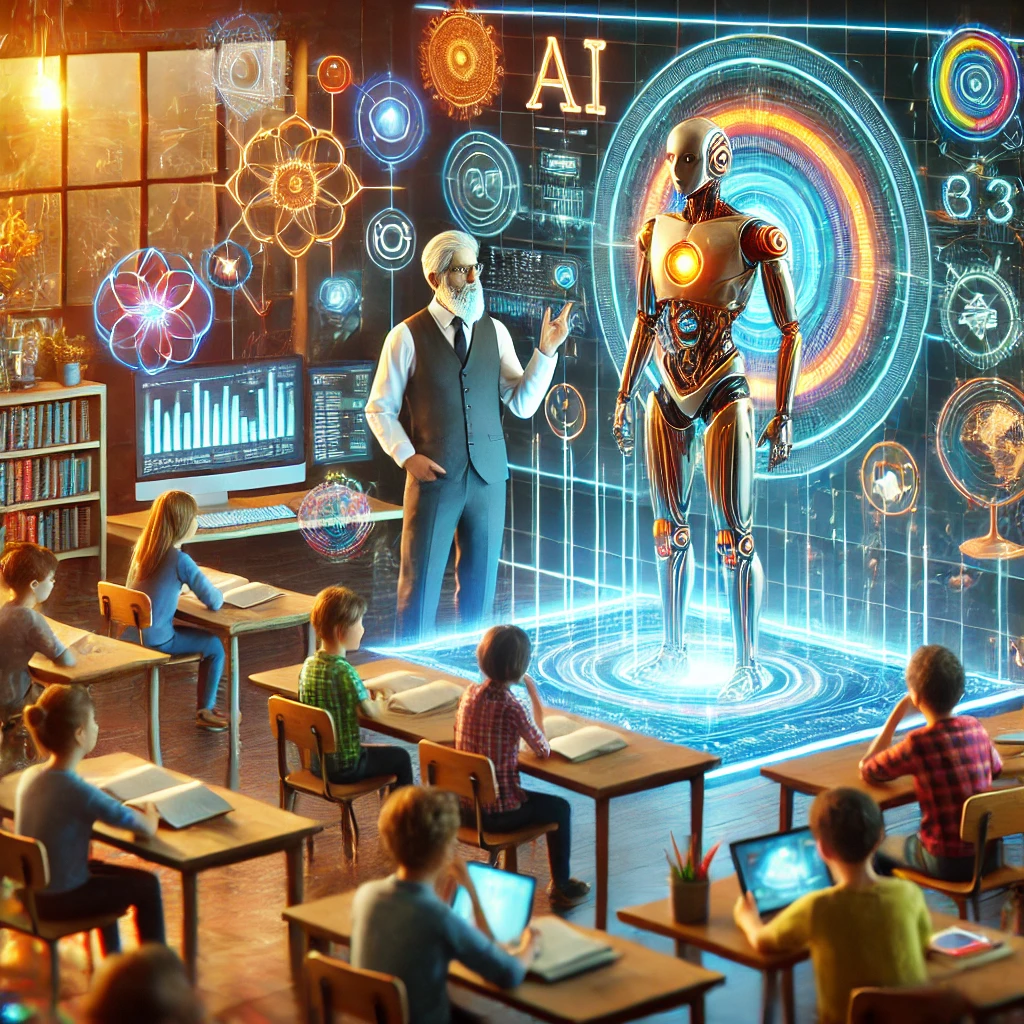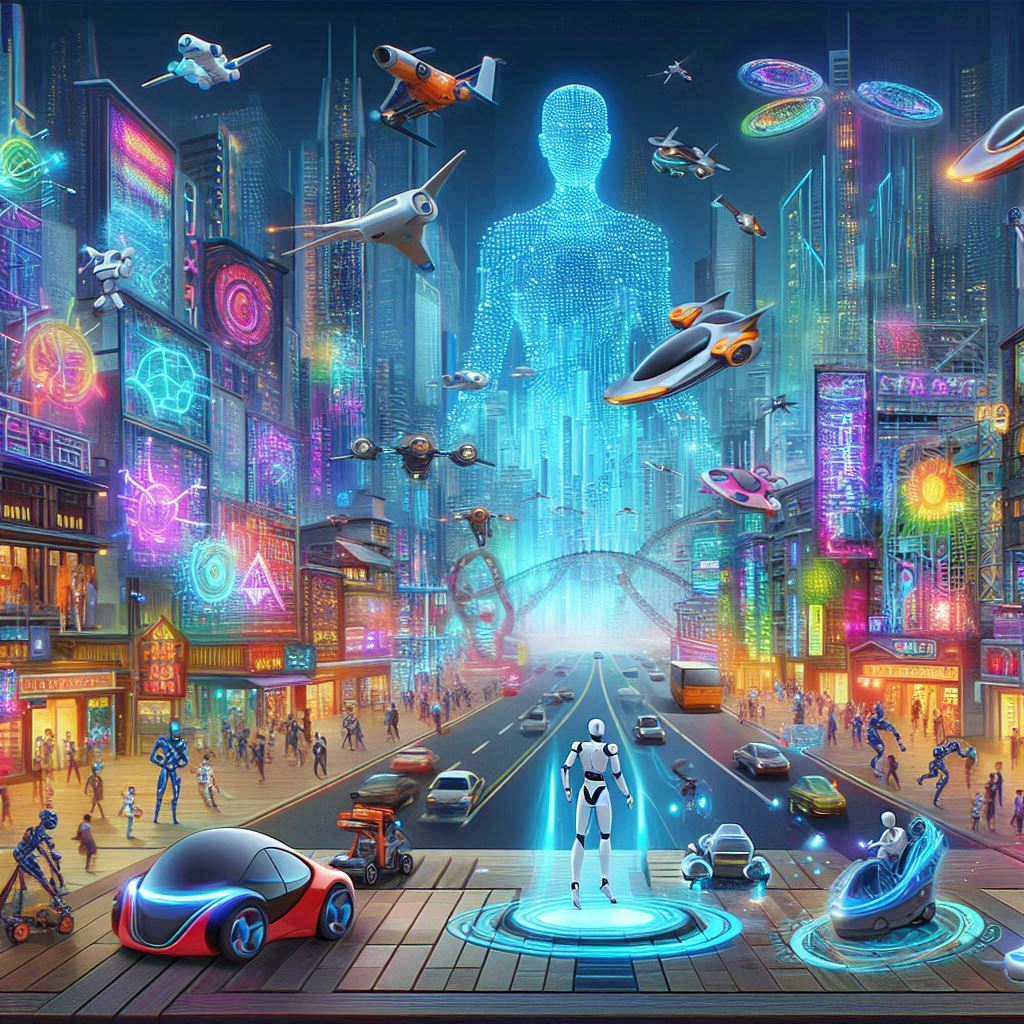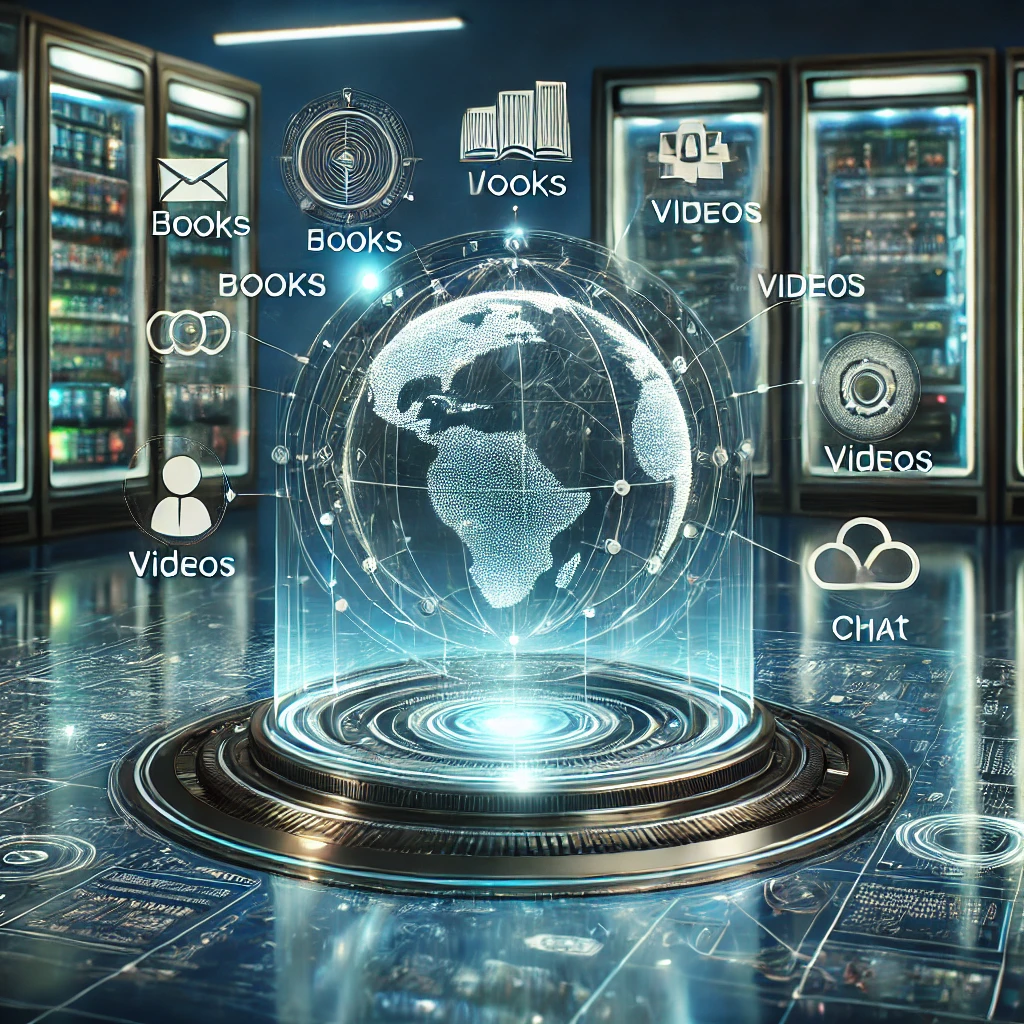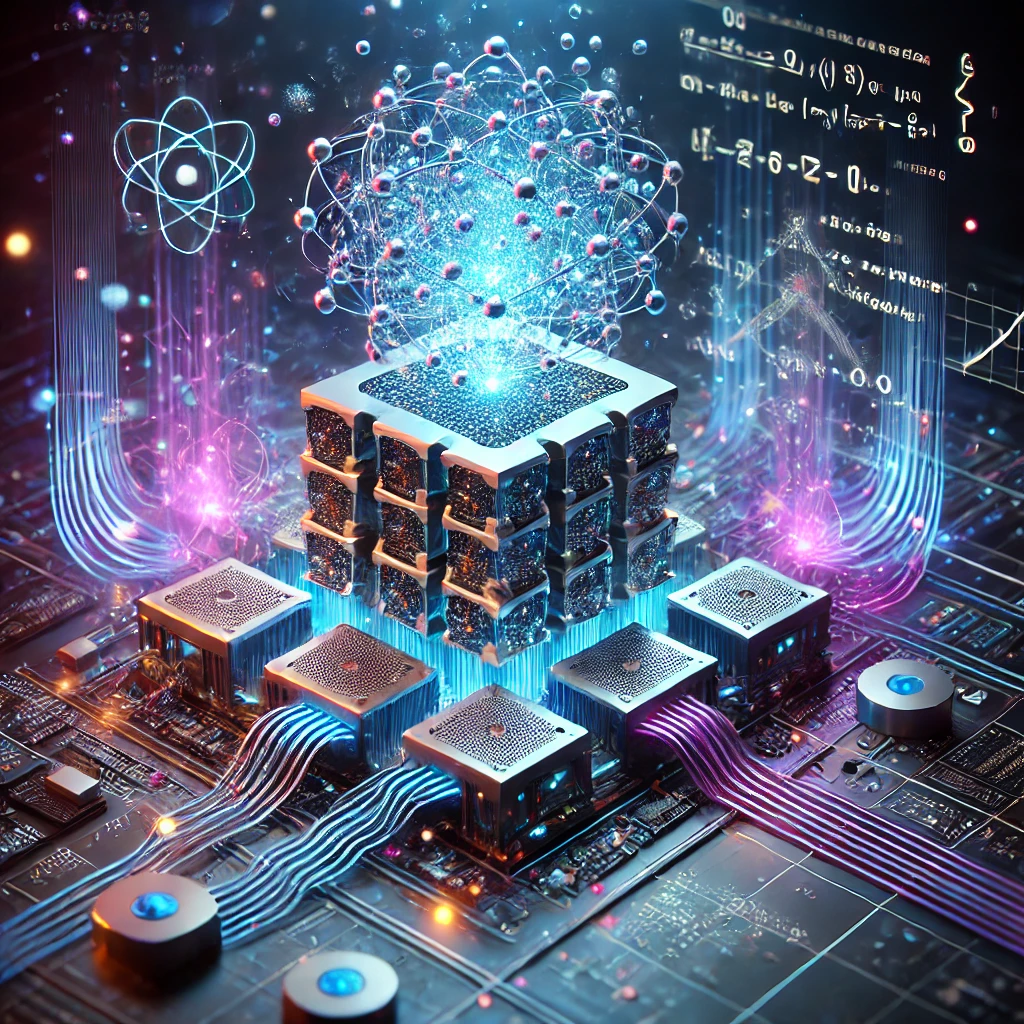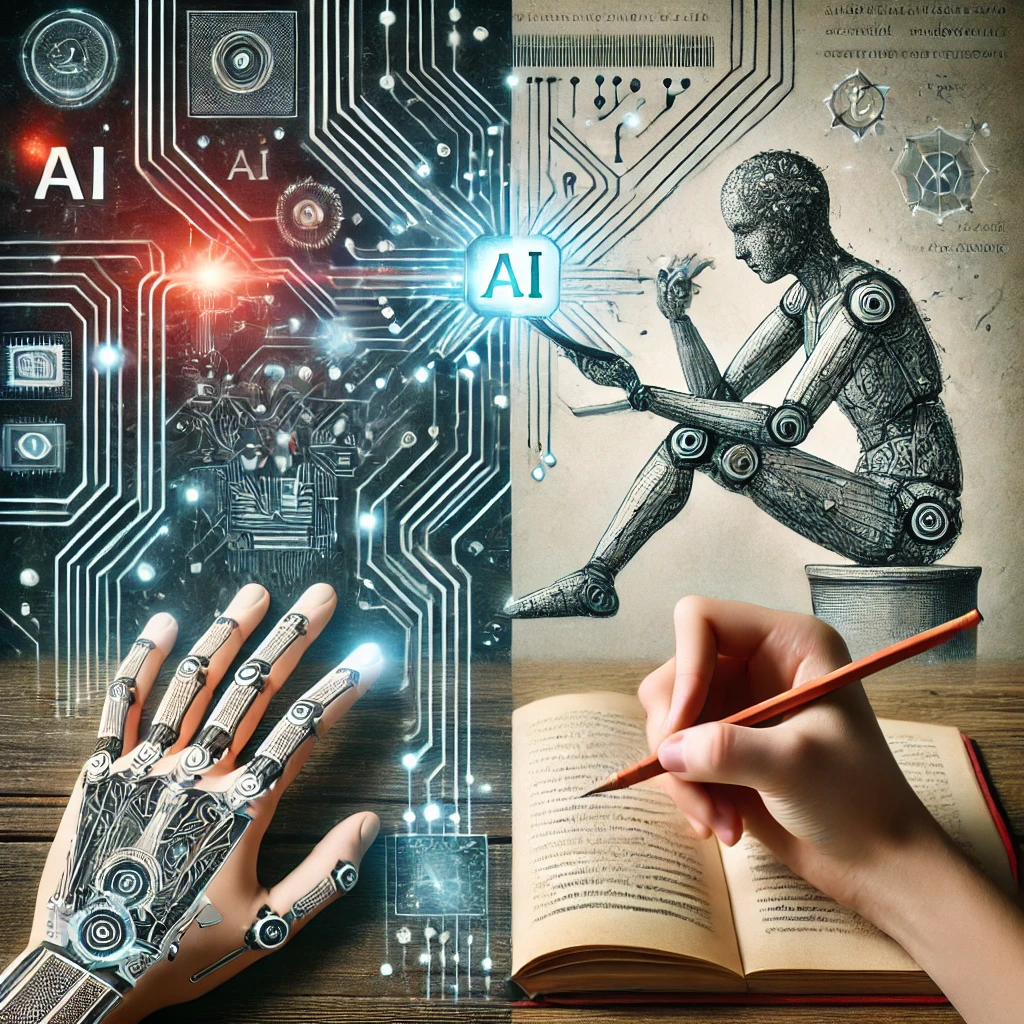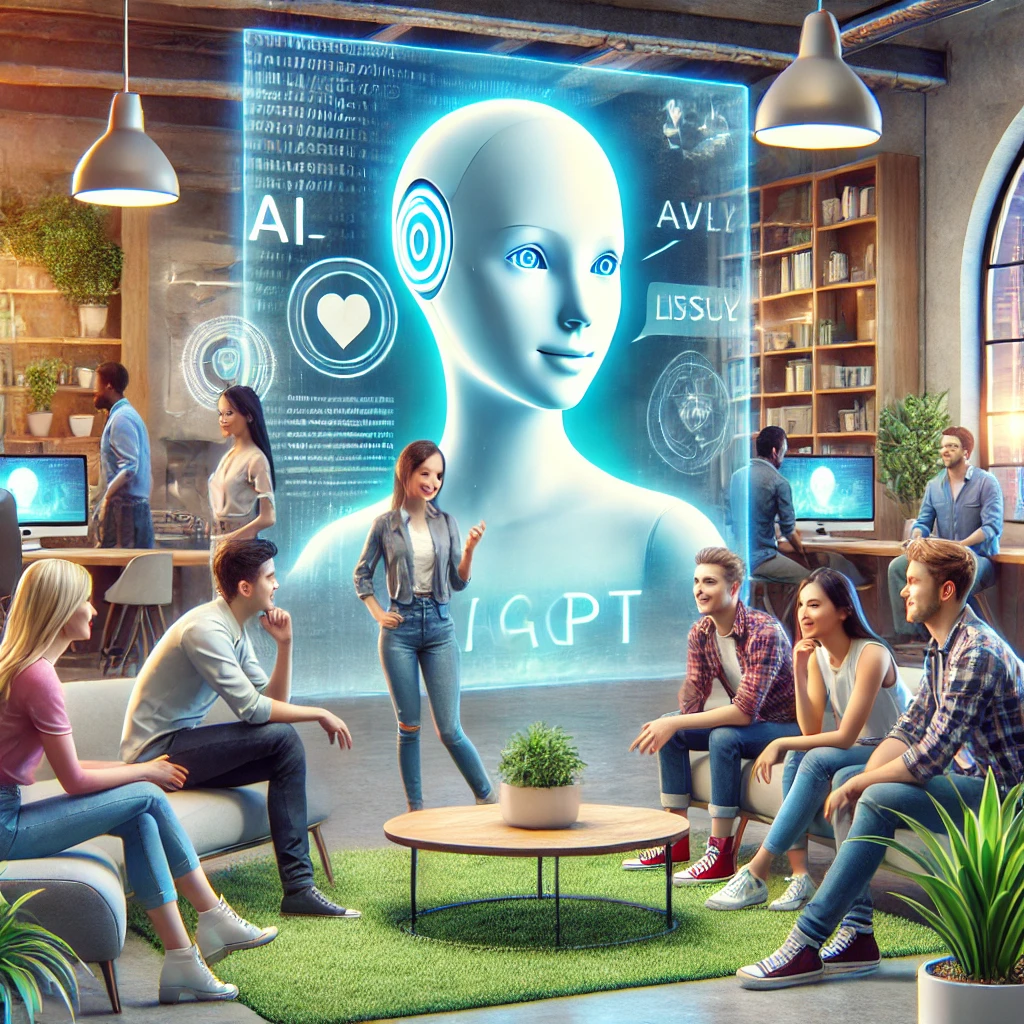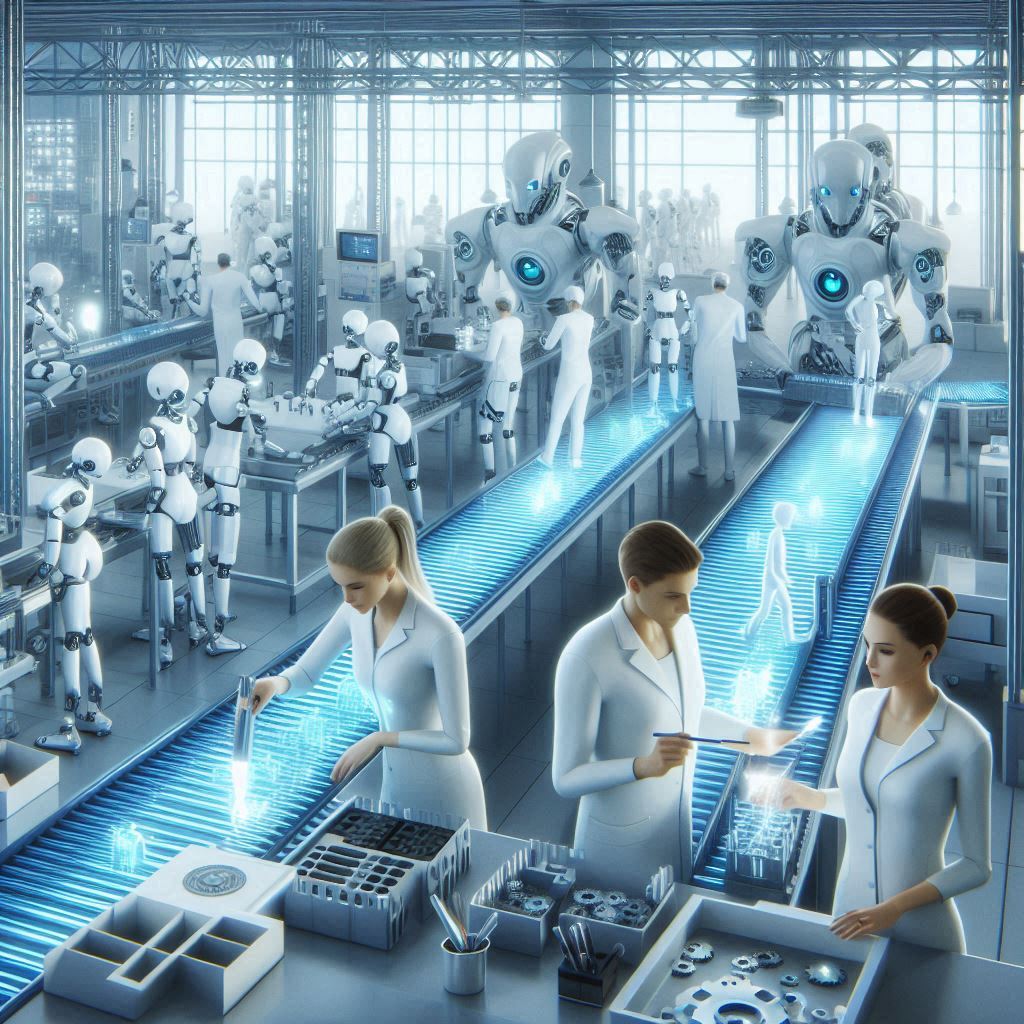7 Best AI Tools in Healthcare: Revolutionizing the Medical World
Healthcare is evolving rapidly, and Artificial Intelligence (AI) is at the forefront of this transformation. AI-powered tools are changing the way we diagnose diseases, manage treatments, and deliver care. From assisting doctors to empowering patients, these tools are making healthcare more efficient, accessible, and personalized. Let’s explore 7 of the best AI tools in healthcare that are shaping the future of medicine. 1. IBM Watson Health: Enhancing Decision-Making Best For: Medical research and clinical decision support. IBM Watson Health is one of the most advanced AI tools in healthcare. It processes vast amounts of medical data to assist doctors in making informed decisions. By analyzing patient records, research papers, and treatment guidelines, Watson helps healthcare professionals diagnose diseases faster and suggest personalized treatment plans. Its application in oncology is particularly noteworthy, where it aids in identifying effective cancer treatments. 2. Ada Health: Your AI Health Companion Best For: Symptom checking and health guidance. Ada Health is an AI-powered app that helps individuals understand their symptoms and get personalized health advice. Users answer a series of questions about their symptoms, and Ada provides insights into possible causes. It’s like having a virtual health assistant available 24/7. This tool is especially useful for early detection and guiding users to seek appropriate medical care. 3. Zebra Medical Vision: Revolutionizing Radiology Best For: Medical imaging analysis. Zebra Medical Vision uses AI to analyze medical images like X-rays, CT scans, and MRIs. Its algorithms detect conditions such as fractures, lung diseases, and heart problems with remarkable accuracy. This tool helps radiologists by providing faster and more accurate image analysis, enabling quicker diagnoses and treatments. It’s a game-changer in the field of diagnostic imaging. 4. PathAI: Improving Pathology Best For: Disease diagnosis through pathology. PathAI focuses on improving the accuracy of disease diagnosis by using AI to analyze pathology slides. It helps pathologists identify patterns and abnormalities in tissue samples more efficiently. This tool is particularly effective in detecting cancer and other diseases at an early stage, reducing the chances of misdiagnosis and improving patient outcomes. 5. HealthifyMe: Personalized Health and Fitness Best For: Diet and lifestyle management. HealthifyMe combines AI with health and fitness tracking to provide personalized diet and workout plans. Its AI coach, Ria, answers health-related questions, tracks calorie intake, and offers lifestyle tips. This tool is beneficial for managing chronic conditions like diabetes and hypertension through lifestyle changes. It empowers users to take charge of their health in an easy and accessible way. 6. DeepMind Health: Advanced AI Research for Medicine Best For: Cutting-edge medical research. DeepMind Health, a subsidiary of Google, focuses on using AI to solve complex medical problems. Its algorithms are designed to predict patient deterioration, improve diagnostics, and optimize hospital operations. For example, DeepMind’s work in detecting eye diseases through retinal scans has been groundbreaking. It collaborates with hospitals and researchers to push the boundaries of what AI can achieve in healthcare. 7. Tempus: Precision Medicine for Cancer Care Best For: Personalized cancer treatment. Tempus leverages AI and big data to provide personalized treatment options for cancer patients. By analyzing genetic data, clinical records, and molecular data, Tempus identifies patterns and matches patients with the most effective therapies. It empowers oncologists with insights that lead to better outcomes for patients facing cancer. How AI is Transforming Healthcare AI tools in healthcare are making a significant impact in several areas: Choosing the Right AI Tool for Healthcare When selecting an AI tool, consider the following factors: Challenges in Using AI in Healthcare While AI offers immense potential, it also comes with challenges: Conclusion AI tools are revolutionizing healthcare by providing faster, more accurate, and personalized solutions. From diagnosing diseases to guiding lifestyle changes, these tools empower both patients and healthcare professionals. As AI continues to evolve, its role in improving global health outcomes will only grow. Investing in the right AI tools can help you or your organization achieve better health outcomes. With tools like IBM Watson Health, Ada Health, and DeepMind Health leading the way, the future of healthcare looks promising, efficient, and patient-centered. Let AI be your partner in creating a healthier tomorrow.
7 Best AI Tools in Healthcare: Revolutionizing the Medical World Read More »
